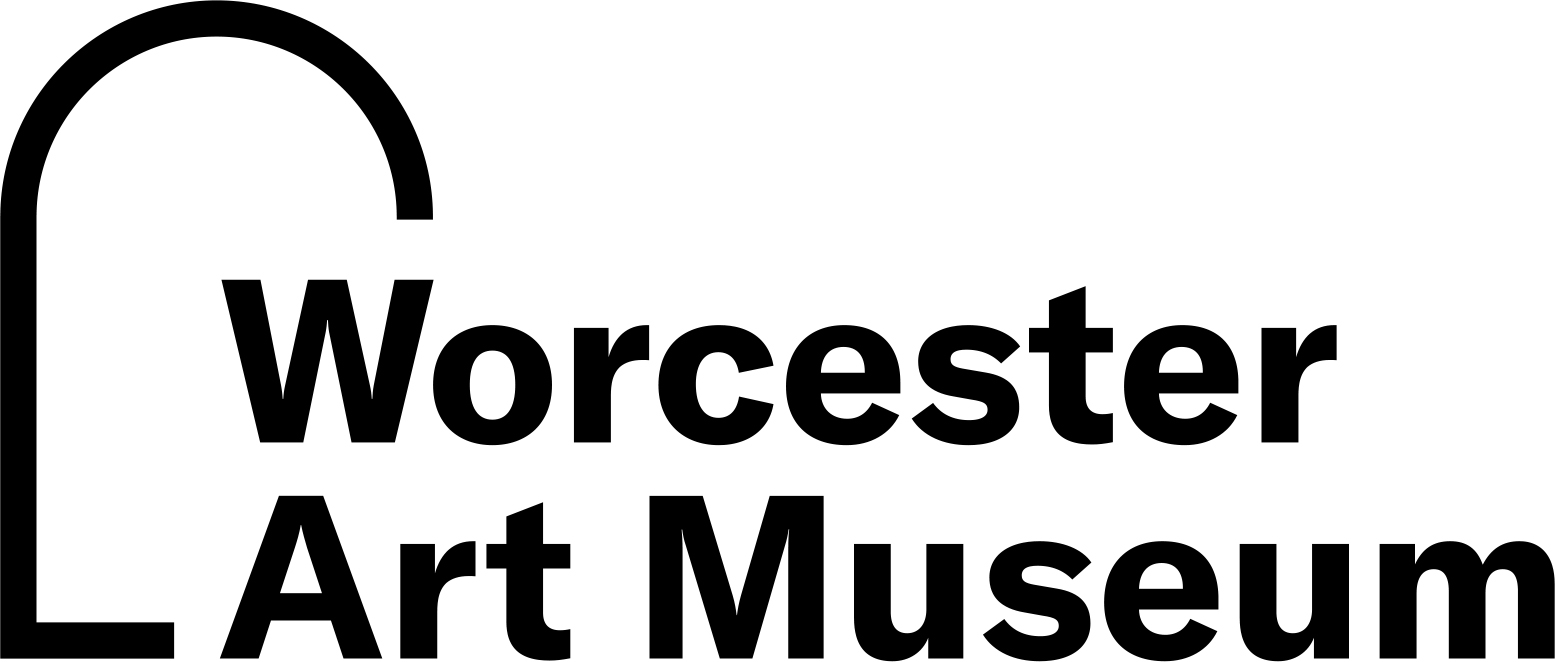Kabuto bearing bonji character
Culture
Japanese
Date1800-1850
Mediumiron with lacquer and traces of leather or fabric
Dimensions15.2 × 22.9 × 26.7 cm (6 × 9 × 10 1/2 in.), 2 lb 14 oz (weight)
ClassificationsArms and Armor
Credit LineThe John Woodman Higgins Armory Collection
Object number2014.724
Description18-plate suji-kabuto (constructed of flanged plates). Chiseled iron tehen with rosette motif. Swinging eyelet at rear top. Bonji at forehead; 4 radiating straight sword blades coming down from the tehen.Label TextThis sturdy, eighteen-plate helmet bowl is striking in its rounded shape and high flanges (suji) of even height throughout their length. The front plate displays an applied Sanskrit character (bonji) symbolic of the wrathful Esoteric Buddhist deity Fudo Myoo. As a revival helmet, it includes four spatulate-shaped strips (shinodare). They emerge from under the chrysanthemum-rim which surrounds the hole of the apex (tehen). Small holes surmounted by knobs—which had lost their original function but were still included and sometimes used to insert the loops of a small rain-cape—are placed under each shinodare. The helmet furthermore has a visor with large rivets that has been turned down in the ancient manner. The brim-plate (koshimaki) is pierced with holes to be used for the neck-guard rivets, cord loops to secure the chin-cord and for attaching the lining.ProvenancePurchased by John W. Higgins on January 24, 1930 from Mortimer J. Downing, Upper Stepney, CN. Given to the Museum on July 1, 1954. Collection transfer from Higgins Armory, January 2014.
On View
Not on view


















